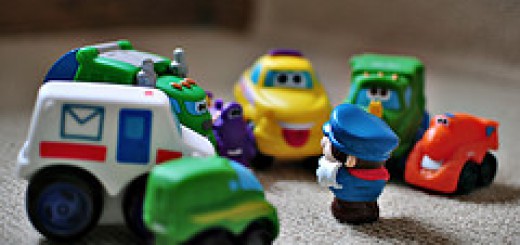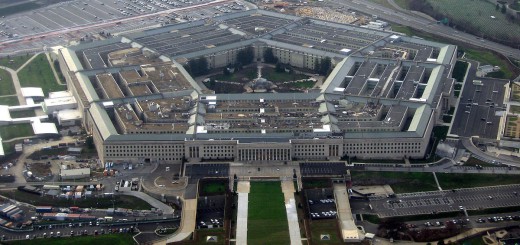 QR codes are super successful – in Korea. Posters showing products with QR codes on them posted in subway stations are generating gigantic traffic. Most recently there’s been news about a grocery store that allows shoppers to buy everything they want with their mobile phone through QR codes while they wait for the train.
QR codes are super successful – in Korea. Posters showing products with QR codes on them posted in subway stations are generating gigantic traffic. Most recently there’s been news about a grocery store that allows shoppers to buy everything they want with their mobile phone through QR codes while they wait for the train.
This is a specific setting in another country with a very useful purpose.
The setting
A Subway station is a captive audience where people who have to stand around are willing to read just about anything. This is the sort of setting where people willingly take religious literature and will read it or will read free newspapers.
Another country
Korea is so far beyond the US in technology, particularly mobile phones, it’s not even funny. Smart phone penetration is super high. Mobile phone video use is very high. Mobile phone bandwidth speed is often faster than what you can get on a landline in the US.
A useful purpose
QR codes to save you time shopping for your groceries while you wait for a train is a very useful way to spend your time. It even sounds like fun. I assume it shaves time off of your grocery store visit. This is certainly a useful purpose. Contrast that with the typical implementation of QR codes in attempts in the US. The best ones I’ve seen have been if you wanted more information on a video or a grill you’re thinking of buying. The worst, and more common, are if you look at an ad and you’d want to see even more of an ad. This is the type of thing that can sound appealing to an ad agency, but sounds ridiculous to other people.
The moral of the story?
QR codes, like any other tool, has it’s uses. Don’t assume it works or it doesn’t based on random, unfocused tests. Used in the right conditions, it can do incredible things. Just don’t assume people want to spend their time looking at endless ads.
I run InteractiveQA. We build sites and help companies with strategy, such as when to use tools like QR codes. We’d love to talk to you more about how we can help you out.



